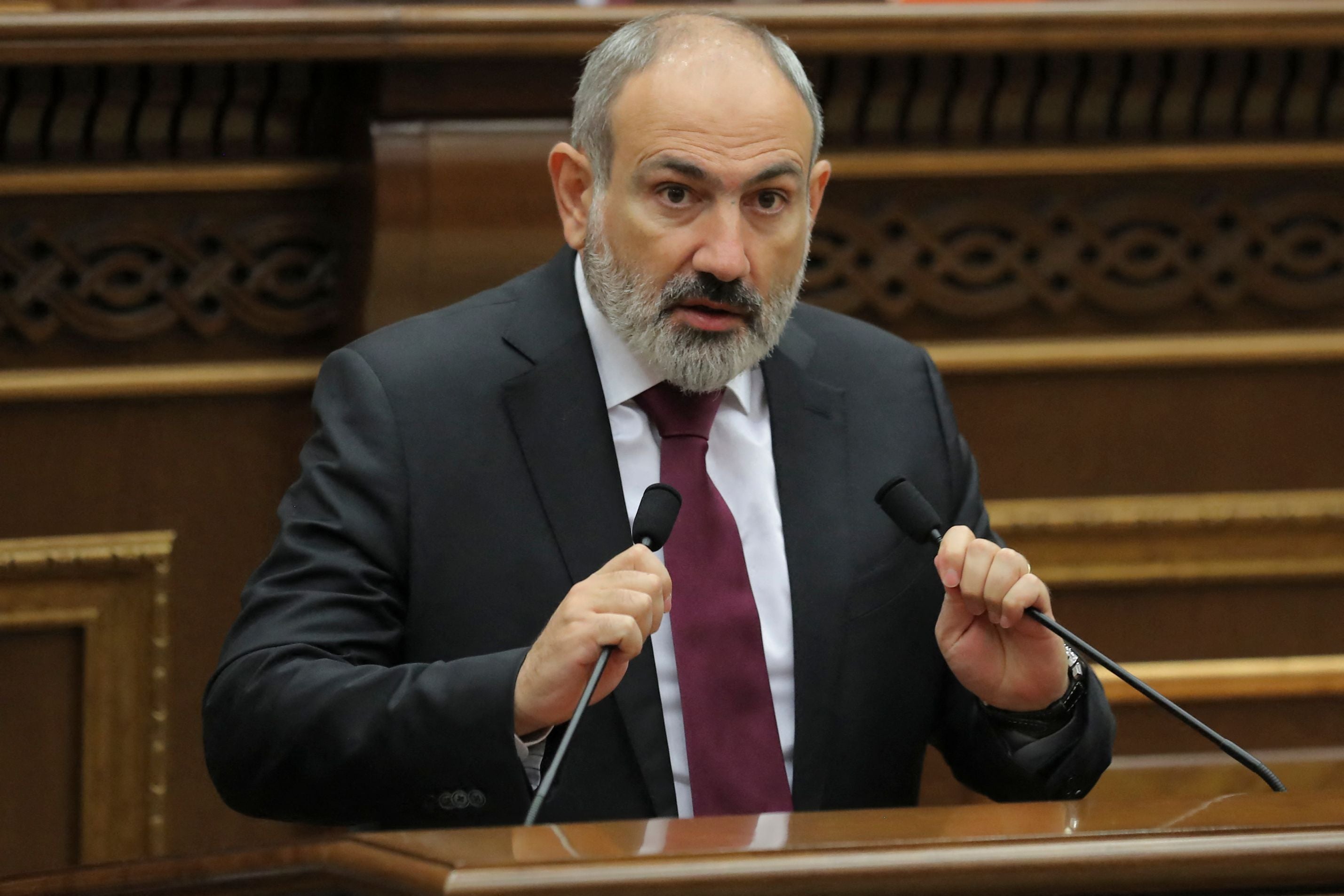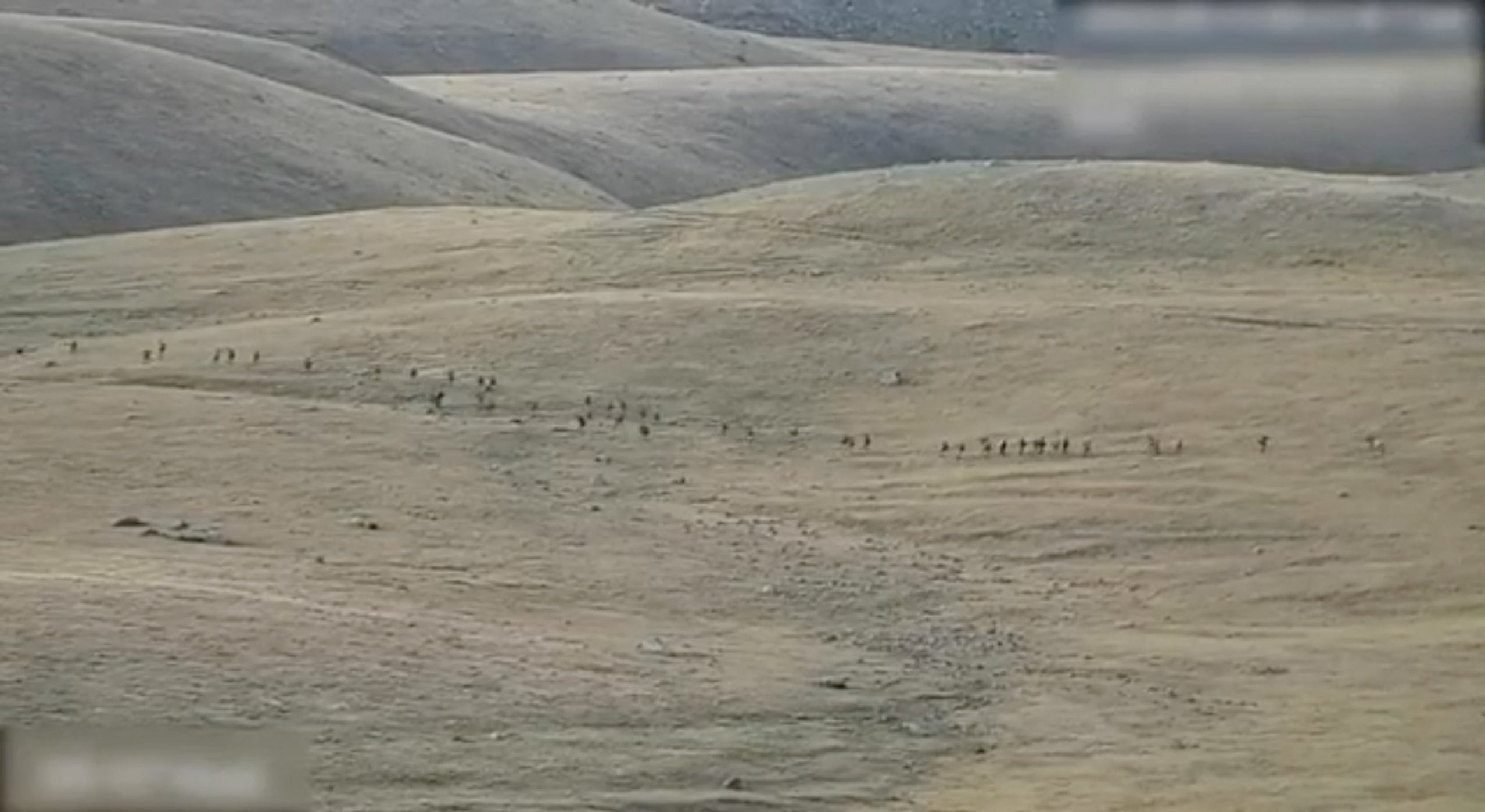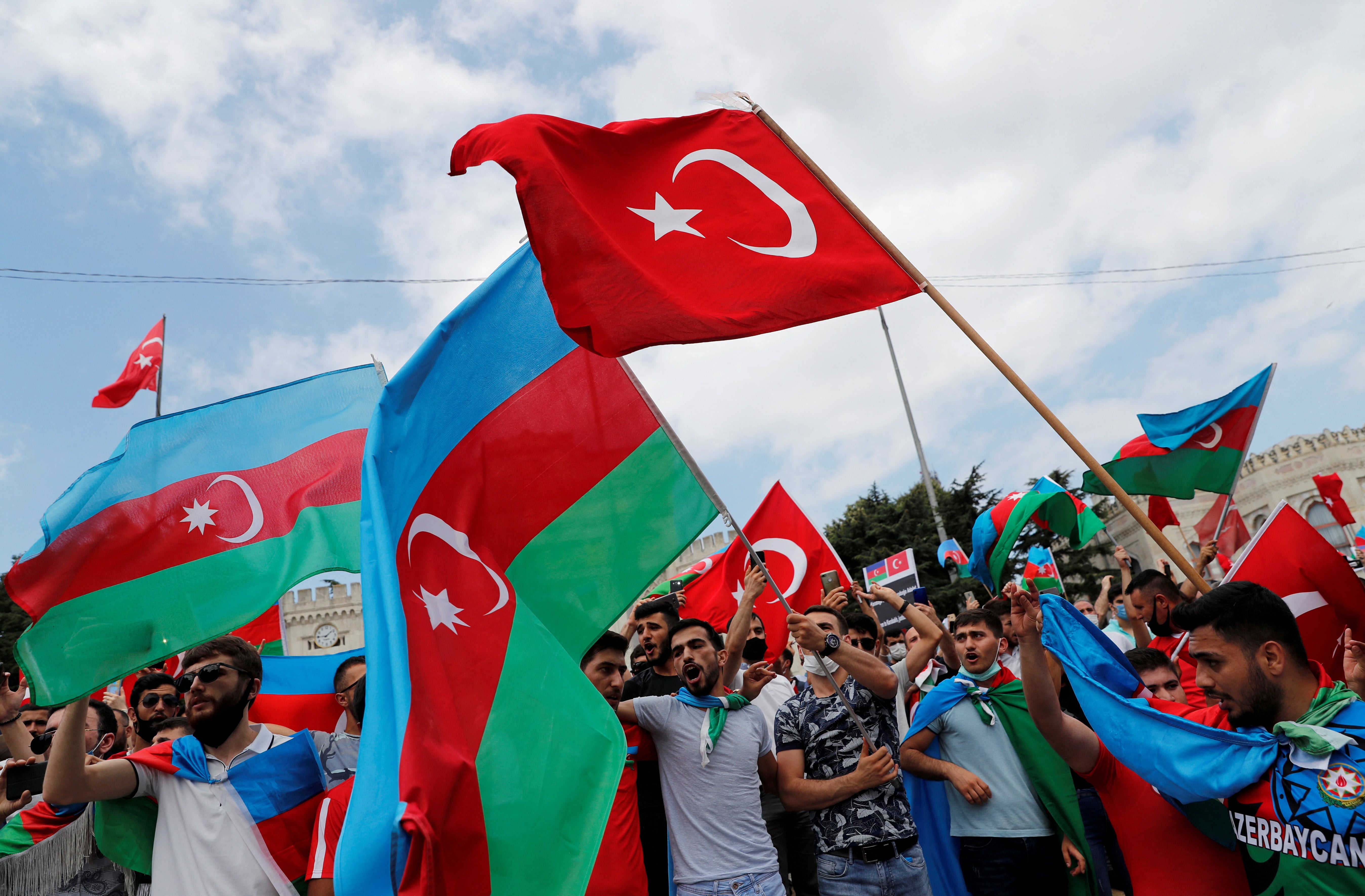Explainer: What is the history of conflict between Armenia and Azerbaijan?
Latest hostilities come four years after a bloody six-week war over Nagorno-Karabakh

Fighting has broken out once more between Armenia and Azerbaijan, with at least 49 people killed by cross-border shelling.
As only Yerevan has disclosed the number of soldiers it has lost, the death toll is likely to be considerably higher.
The hostilities threaten to plunge the countries into all-out war, just two years after they fought a bloody six-week conflict over the disputed enclave of Nagorno-Karabakh.
Although a ceasefire was arranged for 9am on Tuesday morning, it lasted less than 15 minutes, according to local media reports.
Here is an explainer on the long-running disputes between the two countries:
What is happening now?
As always, it is hard to work out how the latest skirmishes began, with both Baku and Yerevan blaming each other for the overnight flare-up.
Armenia said Azerbaijan had first shelled towns including Jermuk, Goris and Kapan, while Azerbaijan claimed it had been attacked by Armenia.
What is clear is that tensions around the status of Nagorno-Karabakh - an area inside Azerbaijan which has a large ethnic Armenian population - remain high.
After violence broke out, countries including the US and Russia called for calm.

“As we have long made clear, there can be no military solution to the conflict,” US secretary of state Anthony Blinken said.
Meanwhile, the Russian foreign ministry said the conflict “should be resolved exclusively through political and diplomatic means”.
Over in Europe, Charles Michel, president of the European Council, said the bloc was “ready to make efforts to prevent further escalation”, adding that there was “no alternative to peace and stability in the region”.
The history of the Nagorno-Karabakh dispute
The dispute over Nagorno-Karabakh is the longest-running conflict in the former Soviet Union.
Several years before the collapse of the Soviet Union, the ethnic Armenian majority in Nagorno-Karabakh asked to belong to Soviet Armenia rather than Soviet Azerbaijan.

After a fraught independence referendum, war broke out. By the time a ceasefire was declared in 1994, thousands of people had been killed and roughly a million people had been displaced.
Under the terms of the peace agreement, Nagorno-Karabakh and seven of its surrounding districts were under the full or partial control of Armenian soldiers.
The countries fought for four days in 2016, before a longer war started four years later.
Aided by Turkish drones, Azerbaijan gained the upper hand in the 2020 conflict, winning concessions and gaining control over a significant part of Nagorno-Karabakh. It now also holds sway over its seven adjacent districts.


Join our commenting forum
Join thought-provoking conversations, follow other Independent readers and see their replies
Comments